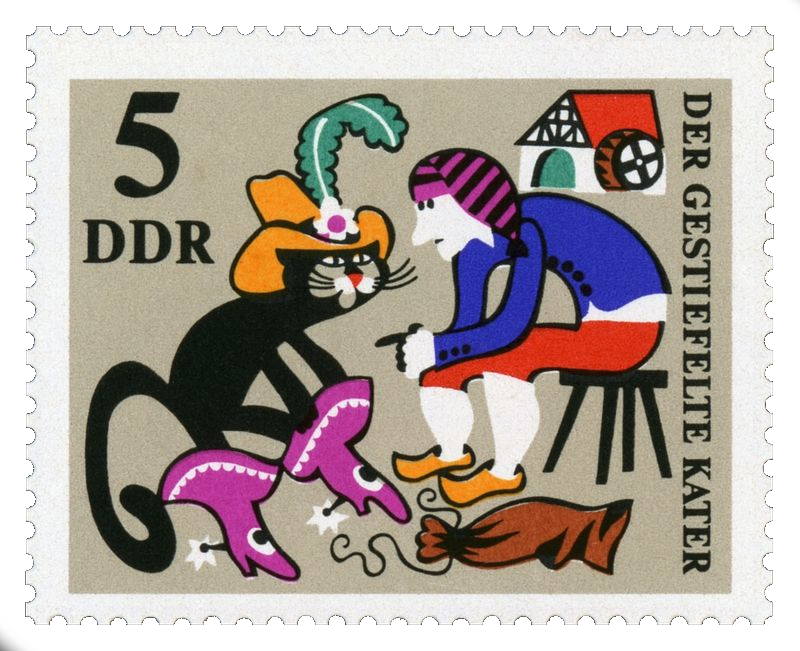The introduction and promotion of the idea of a shared Indo-European parent tongue, as opposed to the commonly-held belief that linguistic similarities came through borrowing and mixing, was nothing short of revolutionary to the understanding of languages—much like the ideas of plate-tectonics and even the theory of evolution that were being developing around the same time, and like the former, is kind of difficult to imagine a world where these facts did not seem obvious or at least worth the inquiry.
 The outcome of these efforts could be described as a sort of linguistic periodicity: known as Grimm’s Laws, the philologist demonstrated that apparently unrelated words, did in fact have a shared lineage—which could be revealed through shifts in the sounds of letters that transformed in fixed and predictable ways. After more refinements, Grimm not only showed that there were cognates across the different branches in the spectra of speech, but further created a series of protocols that could be reversed in order to reconstruct something of what the original parent word was. As Sir Jones noticed in Calcutta, a p-sound tended to change into an f-sound and Grimm codified more of such transformations, such as t- to th-, as from the Sanskrit त्रेता, Greek τρίτος, Celtic trydydd, and Russian третий all turning to the Old Saxon thriddio or English third, or the k-/q-sound embedded in the Latin languages changing to an w-/h-sound—which makes qué, qui and quod seem less foreign compared to what, why, and whom (was, wie und wem), or—another example—the c-/k-sound shifting towards an h-sound, like from canis to hound (Hund), cornus (as in Cornucopia, horn of plenty) to horn (Horn) and even, with multiple sound shifts occurring within the words, centum (as in century, Jahrhundert) becoming hundred. Grimm limited his research to the Germanic branches of the Indo-European family, but kindred linguists went on to discover parallel rules for other languages.
The outcome of these efforts could be described as a sort of linguistic periodicity: known as Grimm’s Laws, the philologist demonstrated that apparently unrelated words, did in fact have a shared lineage—which could be revealed through shifts in the sounds of letters that transformed in fixed and predictable ways. After more refinements, Grimm not only showed that there were cognates across the different branches in the spectra of speech, but further created a series of protocols that could be reversed in order to reconstruct something of what the original parent word was. As Sir Jones noticed in Calcutta, a p-sound tended to change into an f-sound and Grimm codified more of such transformations, such as t- to th-, as from the Sanskrit त्रेता, Greek τρίτος, Celtic trydydd, and Russian третий all turning to the Old Saxon thriddio or English third, or the k-/q-sound embedded in the Latin languages changing to an w-/h-sound—which makes qué, qui and quod seem less foreign compared to what, why, and whom (was, wie und wem), or—another example—the c-/k-sound shifting towards an h-sound, like from canis to hound (Hund), cornus (as in Cornucopia, horn of plenty) to horn (Horn) and even, with multiple sound shifts occurring within the words, centum (as in century, Jahrhundert) becoming hundred. Grimm limited his research to the Germanic branches of the Indo-European family, but kindred linguists went on to discover parallel rules for other languages. The rigour that results by applying the laws of each branch of European and Asian languages to a word allows researchers with some certainty the ability to reconstruct its ancient roots. Not only was this Ur-language resurrected by the folklorist, storyteller but by better understanding how the sounds migrated and what remained relatively familiar-sounding (our core vocabulary, those words that defy change because they are what’s most important and universal, and of course, what was named was what they knew, lending insight into where and how they lived), those ancient people who spoke it millennia ago were also resuscitated. The French infiltration was also shown to be one in the same for the natives.
The rigour that results by applying the laws of each branch of European and Asian languages to a word allows researchers with some certainty the ability to reconstruct its ancient roots. Not only was this Ur-language resurrected by the folklorist, storyteller but by better understanding how the sounds migrated and what remained relatively familiar-sounding (our core vocabulary, those words that defy change because they are what’s most important and universal, and of course, what was named was what they knew, lending insight into where and how they lived), those ancient people who spoke it millennia ago were also resuscitated. The French infiltration was also shown to be one in the same for the natives.















